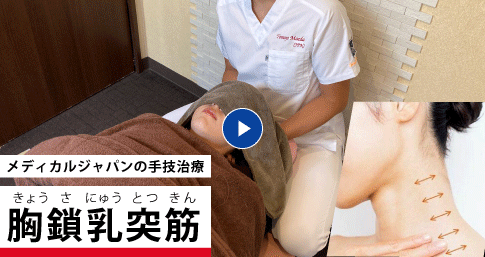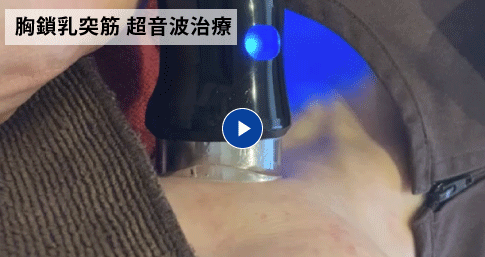Insomnia Relief Program
Background & Epidemiology
Insomnia is a condition where sleep problems such as difficulty falling asleep, waking up during the night, waking up too early, or experiencing non-restorative sleep persist for more than a month, leading to daytime fatigue, decreased motivation, reduced concentration, and loss of appetite.
The causes of insomnia vary, including stress, mental and physical health conditions, and medication side effects. Addressing the root cause is essential. Persistent insomnia can lead to a fear of sleeplessness, increasing tension and obsession with sleep, further worsening the condition.
A survey of Japanese individuals found that 1 in 5 people reported “not getting enough rest from sleep” or “having some form of insomnia.” Additionally, the prevalence of insomnia increases with age, with approximately 1 in 3 people over 60 experiencing sleep issues. Among those seeking medical treatment, 1 in 20 is prescribed sleeping medication.

Causes
Insomnia can be triggered by various factors, including lifestyle disruptions, external stimuli, stress, mental and physical health issues, and the effects of substances like medications, tobacco, and alcohol.
Insomnia primarily caused by lifestyle disruptions or external stimuli is called situational insomnia. When situational insomnia becomes entrenched due to psychological mechanisms or develops without any apparent cause, it is referred to as symptomatic insomnia (neurotic insomnia).
Types of insomnia include difficulty falling asleep, waking up too early, non-restorative sleep, and complete inability to sleep. The stronger the psychological influence, the more severe the non-restorative sleep becomes.
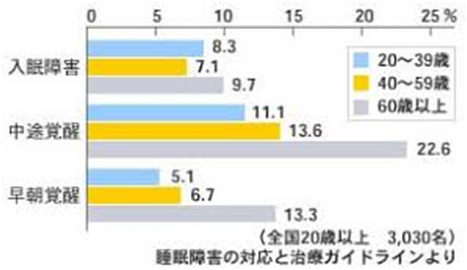
Diagnosis
Persistent insomnia can lead to various daytime dysfunctions, including fatigue, decreased motivation, reduced concentration, depression, headaches, dizziness, and loss of appetite.
A diagnosis of insomnia is made when both of the following criteria are met:
1. Persistent nighttime sleep disturbances over an extended period.
2. Recognizable mental or physical dysfunction during the day, leading to a reduced quality of life.
Common Treatments
Treatment includes pharmacological approaches such as GABA receptor agonists, melatonin receptor agonists, and orexin receptor antagonists. Additionally, cognitive behavioral therapy for insomnia (CBT-I) helps correct misconceptions about sleep and lifestyle habits, while Morita therapy addresses excessive fixation on insomnia.
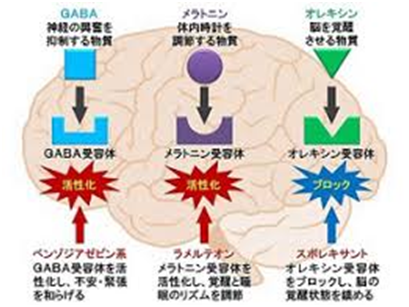
Medical Japan’s Traditional Eastern Medicine Approach (Excluding Symptomatic Insomnia)
Calming mental excitement and regulating the entire body (breaking the vicious cycle).
[Example Acupuncture Points] Baihui (GV20), Shenhui (GV22), Tianzhu (BL10), Fengchi (GB20), Wangu (GB12), Jianjing (GB21)
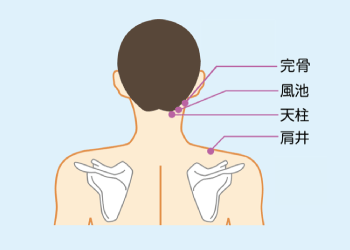
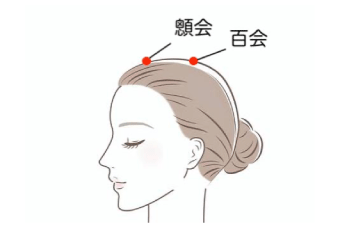
In addition to the above, treatment is also provided for the root causes of insomnia:
1. **Phlegm-heat** – Due to irregular eating habits or digestive system dysfunction.
2. **Liver fire** – Caused by depression, anger, or irritability.
3. **Heart-spleen deficiency** – Resulting from worries, mental fatigue, and damage to the heart and spleen.
4. **Heart-kidney disharmony** – Caused by excessive sexual activity or prolonged illness, leading to heart and kidney imbalances.
医師からの推薦をいただいております
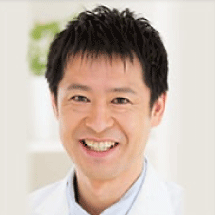

Career & Achievements
Certified Physician of the Japanese Society of Internal Medicine, Specialist of the Japanese Circulation Society, Member of the Japanese Society of Hypertension, Instructor of the Japan Diabetes Society, Certified Occupational Physician by the Japan Medical Association, Certified Specialist by the Japan Travel Medicine Society, Member of the Japanese Society of Allergology, Cardiac Rehabilitation Instructor
Hello, I am Ikeda from Tachikawa Clinic.
I have been engaged in medical practice and research focusing on the treatment of lifestyle-related diseases such as hypertension, hyperlipidemia, and diabetes at university hospitals.
In particular, cardiac rehabilitation treatment for patients after heart diseases (myocardial infarction, angina, heart failure, aortic disease) is my life’s work.
Restoring full-body function is essential for improving our quality of life and aligns with our medical goals.
While performing rehabilitation focused on functional recovery, we not only aim to improve the current condition but also focus on disease prevention.
I believe that the treatment approach pursued by Medical Japan aligns with the medical philosophy that we physicians strive for.
“Health is an irreplaceable asset for a high-quality life.”
Health involves a well-balanced approach to nutrition, exercise, rest, and treatment. To build a body that does not easily succumb to illness, it is crucial to maintain a lifestyle with a constant awareness of health.
Our partnership with Medical Japan has entered its seventh year, including our previous clinic. What makes them outstanding is their commitment to regional contribution as nationally certified medical professionals practicing massage and acupuncture as co-medical staff.
They provide personalized treatments tailored to each patient’s symptoms and conditions.
Recent developments in pressure training are backed by strong evidence and serve as a promising rehabilitation method. I look forward to seeing Medical Japan’s future initiatives.
I believe that the medical services provided by Medical Japan support the community’s health and well-being, and I am pleased to recommend them as a company I look forward to working with.
*This is a personal opinion.
Tachikawa Clinic
2 minutes walk from Tachikawa Station North Exit, open on Sundays, specializing in Internal Medicine, Cardiology, Diabetes, Gastroenterology, Allergies, Lifestyle Diseases, Vaccinations, Travel Clinic, Smoking Cessation Clinic, Health Checkups, and Pediatric Care.
Website: https://www.tachikawa-cl.com/
Medical Japan’s Unique Approach to Improving Cerebral Blood Flow for Insomnia
(*1) A condition where patients report various symptoms despite no specific disease being identified through examination.


Compression of the carotid artery disrupts smooth blood flow to the brain and auditory organs.

The brain is divided into various regions, each responsible for different functions. For example, the cerebral cortex is classified into 52 areas based on cell structure differences. Such functional localization exists throughout the central nervous system. In the spinal cord, each segment is responsible for sensory and motor functions of the limbs.
Reduced oxygen supply to the brain leads to a lack of nutrients reaching cells, potentially resulting in functional decline.
At Medical Japan, we use ultrasound, manual therapy, and rehabilitation exercises as part of a comprehensive program to improve insomnia.
Using 2D Ultrasound (Sonography) for Examination
We conduct examinations using 2D ultrasound (sonography). 2D ultrasound is excellent for observing soft tissues such as muscles, tendons, and ligaments.
When pain stems from soft tissue issues that are not visible on X-rays or CT scans—such as trigger points, muscle fibers, ligaments, or tendons—this 2D ultrasound examination proves highly effective.
Approach Techniques for the Sternocleidomastoid Muscle
The neck has complex muscles and nerves, with large blood vessels supplying the brain passing through it. By using breathing exercises and posture correction, we aim to expand the range of motion and improve flexibility. To achieve early improvement, we provide counseling, customized treatments, and tailor-made approaches for each individual.
Ultrasound Approach for the Sternocleidomastoid Muscle
Ultrasound is applied at a specific point with either a non-thermal or thermal effect.
Ultrasound → Increased blood flow in the spinal artery and arterial plexus through deep heat.
We also use a combination of high-frequency therapy devices and ultrasound devices (Astron), which can help relax muscle tension and inhibit pain transmission through high-frequency waves.
【Self-care】Sternocleidomastoid Muscle Care at Home
When performing self-care at home, it’s important to follow these precautions:
※Changes in effect: If pain increases or new symptoms arise, stop immediately and consult a healthcare professional.
※Take your time: It’s essential to perform the exercises slowly. Rushing will not allow the muscles to relax properly, diminishing the effectiveness.
※Moderate intensity: Too strong a force may damage the muscles. If you feel pain, reduce the intensity or stop the exercise.
Rehabilitation Exercises + Breathing Techniques

Balance issues are not only related to muscles and bones but also to tension in the body that causes shallow breathing, reducing overall metabolism. This can lead to nonspecific symptoms and chronic diseases. We provide thorough instruction for easy exercises that can be done at home.
Before → After
Rehabilitation Exercises + Breathing Techniques
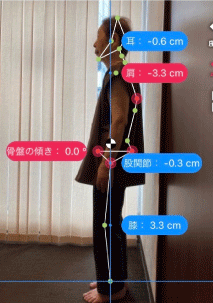
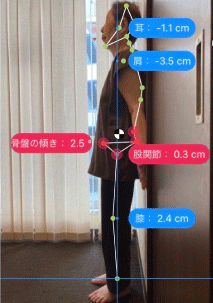
Medical Japan’s Sleep Care
If you have trouble falling asleep or experience shallow sleep, this is a must-see. It’s a simple care method you can start using today.


